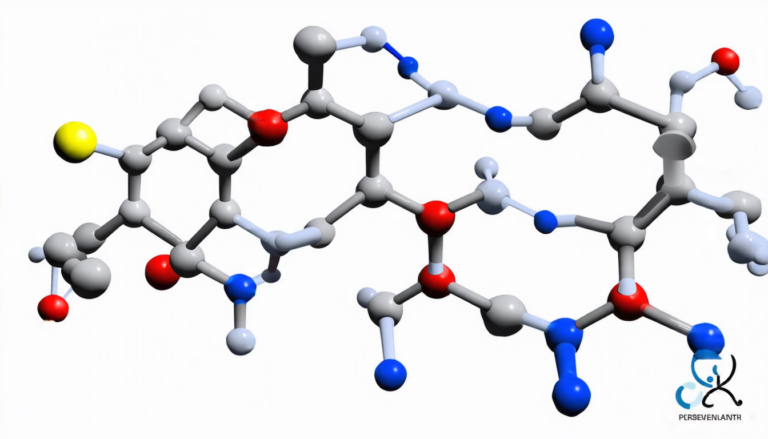Sunday 25 May 2025
Scientists have long been fascinated by the complex relationships between bacteria and their genetic material, known as plasmids. Plasmids are small circles of DNA that can carry genes for antibiotic resistance, virulence factors, or other traits that help bacteria survive in a given environment. In recent years, researchers have made significant strides in understanding how plasmids are transmitted between bacterial cells, but there is still much to be learned.
One aspect of plasmid transmission that has received less attention is the phenomenon of co-infection, where multiple plasmids infect a single bacterial cell. This can occur when bacteria encounter each other and exchange genetic material through a process called conjugation. Co-infection can have significant implications for the evolution of antibiotic resistance, as different plasmids may carry genes that confer resistance to different antibiotics.
A recent study published in the journal Philosophical Transactions of the Royal Society B has shed new light on the dynamics of co-infection and its effects on bacterial populations. The researchers developed a mathematical model to simulate the interactions between bacteria carrying different plasmids, taking into account factors such as the rate at which plasmids are transmitted, the fitness costs associated with carrying each plasmid, and the ability of cells to segregate or lose their plasmids over time.
The model revealed that co-infection can lead to the evolution of more resilient bacterial populations, as cells that carry multiple plasmids may have a selective advantage over those that do not. This is because the combination of plasmids can provide a broader range of benefits, such as resistance to different antibiotics or improved ability to compete for resources.
The study also found that the dynamics of co-infection are influenced by the relative fitness costs associated with carrying each plasmid. In some cases, cells may be more likely to lose one or both plasmids over time if they are not providing a sufficient benefit. This highlights the importance of considering the evolutionary pressures acting on bacterial populations when studying the transmission and maintenance of plasmids.
The researchers used their model to explore scenarios where beneficial plasmids invade a population of bacteria that are already carrying other, less beneficial plasmids. They found that the invasion of beneficial plasmids can be facilitated by co-infection, as cells that carry multiple plasmids may have a greater ability to compete with each other and outcompete cells that do not carry these advantageous traits.
Cite this article: “Co-Infection Dynamics: Understanding the Evolution of Antibiotic Resistance in Bacterial Populations”, The Science Archive, 2025.
Bacteria, Plasmids, Antibiotic Resistance, Virulence Factors, Conjugation, Co-Infection, Mathematical Model, Bacterial Populations, Evolutionary Pressures, Selective Advantage







